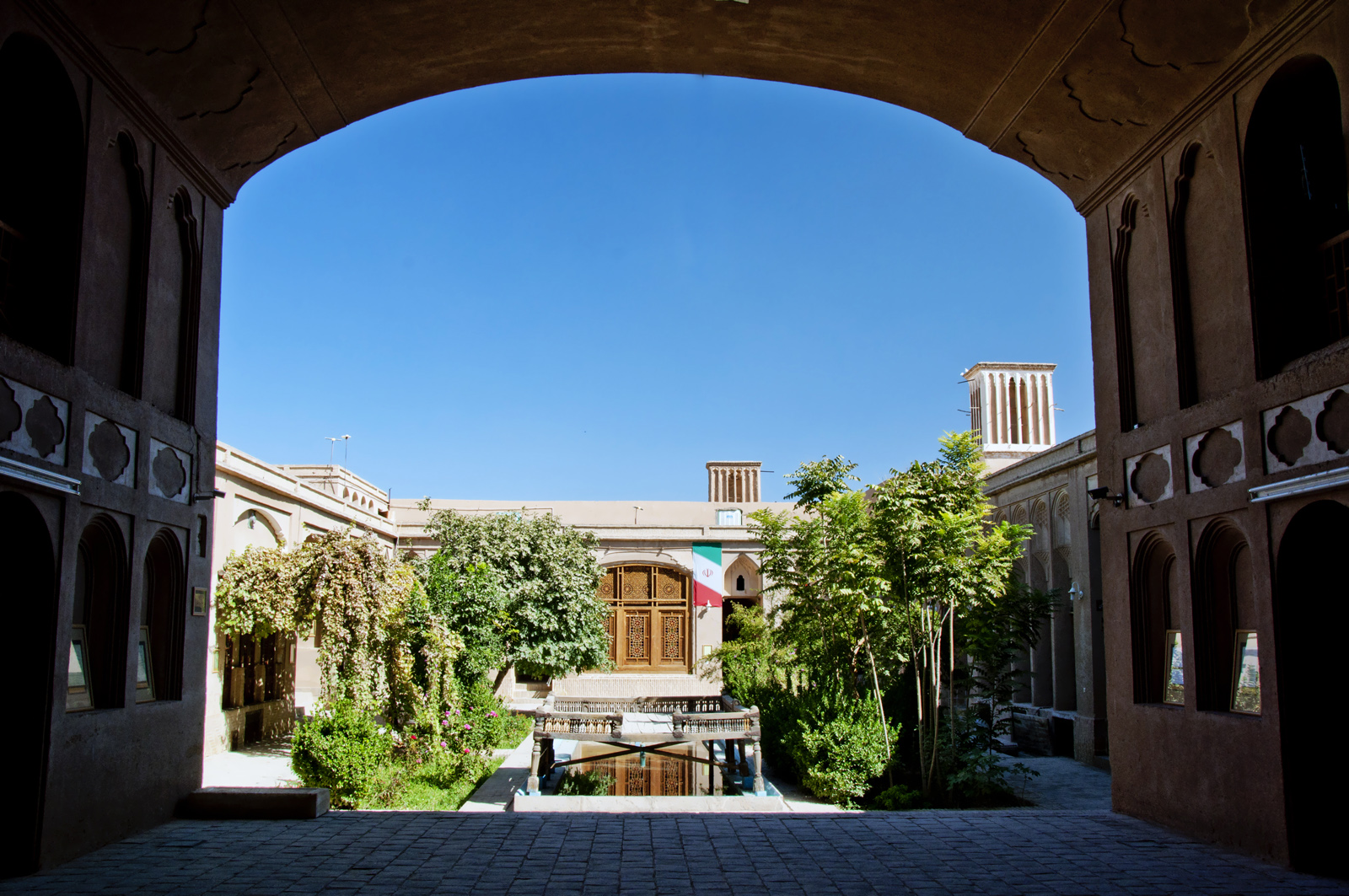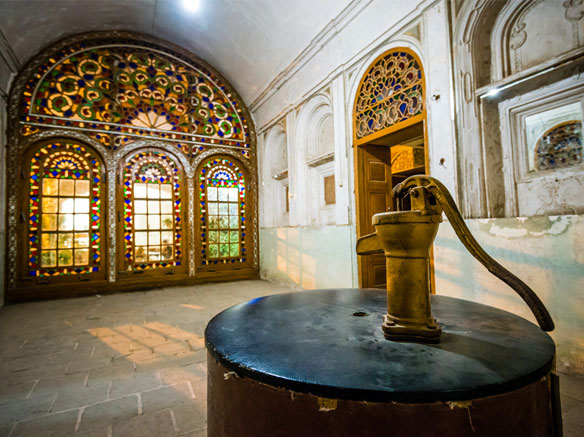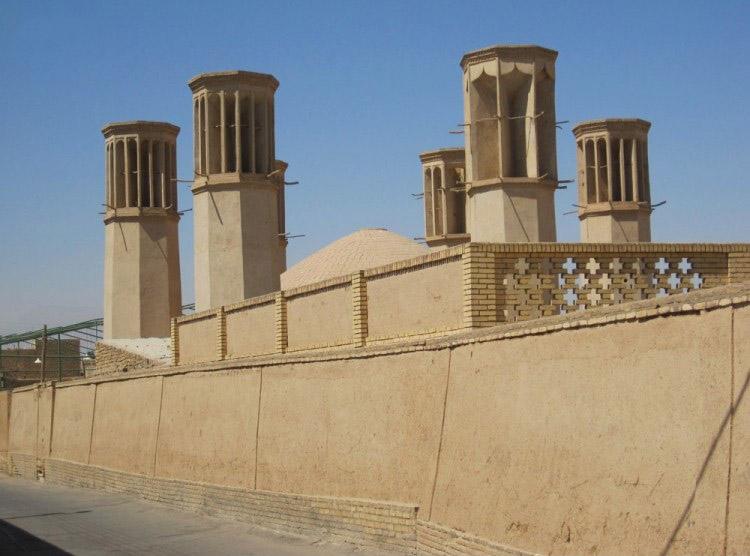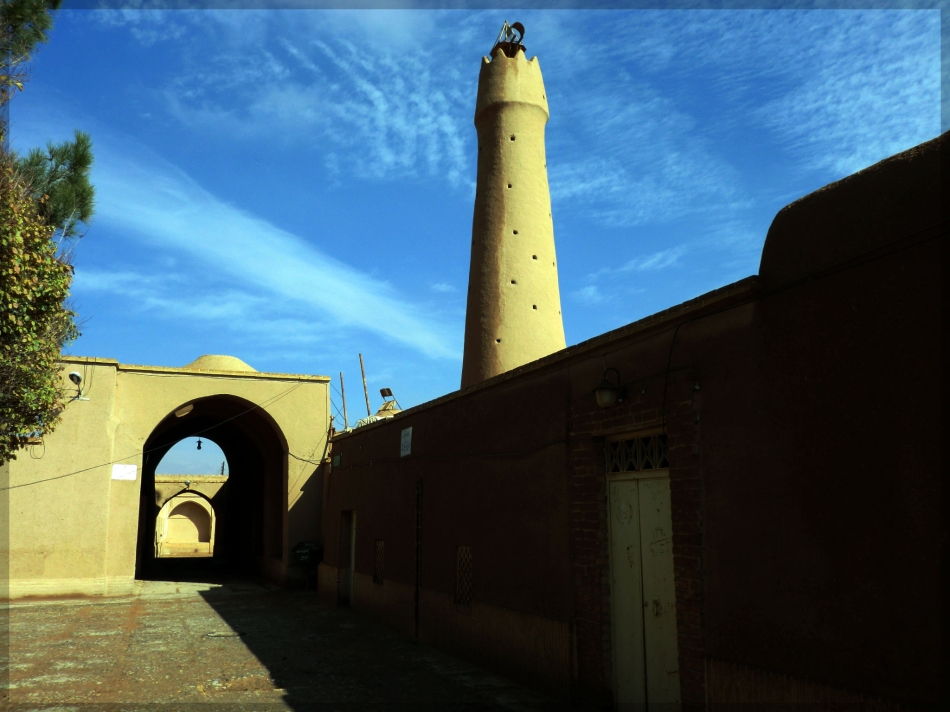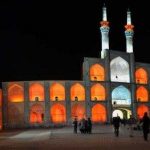About Yazd Province
Yazd province with the centrality of Yazd city is located approximately at the eastern center of the country and the outskirts of the desert. This province has ancient history and has always had a special position gaining the interests of many a government; but luckily, it has not been invaded much and has guarded its cultural and historical purity. Due to being situated at arid, desert region, has not been that interesting for the invaders and its impassable paths have done their duty in safekeeping it. Yazd is a multicultural land, in which the Iranian people have been living peacefully with their peculiar customs alongside each other. This province has many various attractions, different than those of the other parts of Iran, which has only added to its beauty. Green valleys and highland areas, springs, mountains and peaks, caves, wildlife and hunting grounds and specially the desert attractions are of the interesting features of Yazd province’s nature, some of which are considered as the important recreational places the province.
The province has an area of 131,575 km², and according to the most recent divisions of the country, is divided into ten counties:Abarkuh County, Ardakan County, Bafq County, Behabad County, Khatam County, Mehriz County, Meybod County, Ashkezar County, Taft County, and Yazd County. According to the 1996 census, Yazd province had a population of about 750,769, of which 75.1% were urban residents while 24.9% resided in rural areas. At the 2011 census, its population (including Tabas County, which was transferred to South Khorasan Province) was 1,074,428, in 258,691 families; excluding Tabas County, its population (as of 2006) was 895,276, in 241,846 families.
History
Yazd has a history of over 5,000 years, dating back to the time of the Median empire, when it was known as “Ysatis” (or “Issatis”). The present city name, however, is derived from Yazdegerd I, a Sassanid ruler of Persia. The city was definitely a Zoroastrian center during Sassanid times. After the Arab conquest of Iran, many Zoroastrians migrated to Yazd from neighboring provinces. By paying a levy, Yazd was allowed to remain Zoroastrian even after its conquest, and Islam only gradually became the dominant religion in the city.
Most Popular Tourist Attractions Of Yazd Province













